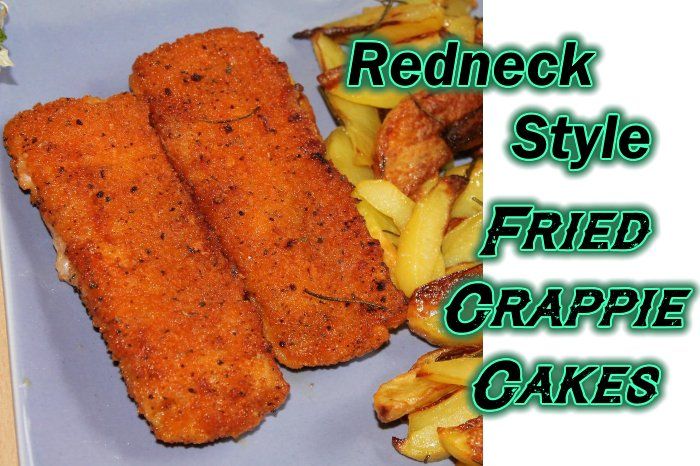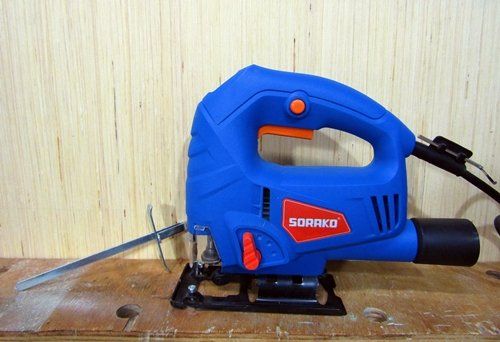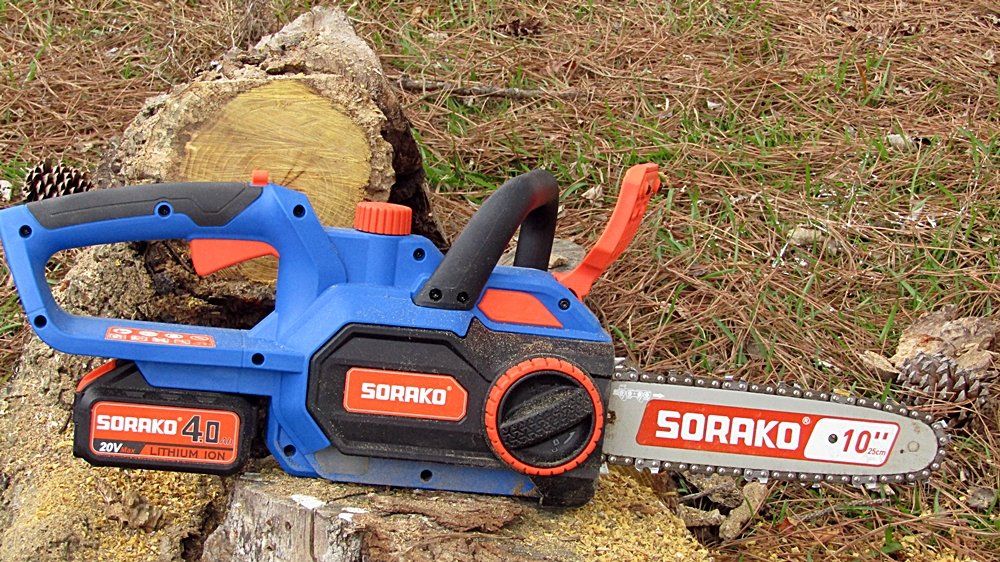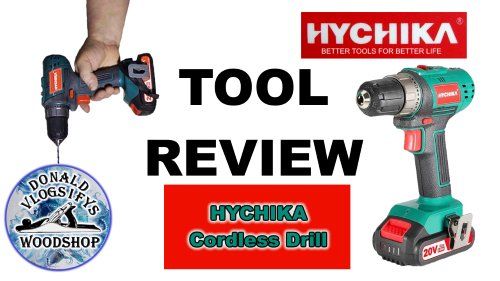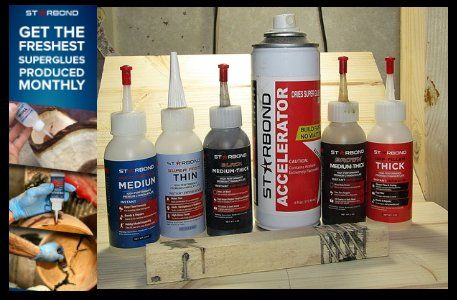Fishing the Fall Spot Run
September 13, 2015
Get Ready for the Fall Pier Fishing Season Getting ready for the fall spot (Leiostomus xanthurus) run Tips and technique to prepare you for when the spot run this fall.
Fall is right around the corner, and with it comes the spot (Leiostomus xanthurus). Somewhere between the last week of September and the first week of November the spot fishing starts picking up as they migrate to warmer water. If you've ever seen other fishermen come back from the coast with coolers full of spot, often giving several to friends and family, and wondered how they know just when to go, then here is the answer. The spot start biting and the fishing for them progressively gets better in late September. Usually picking up around the middle of October. That's when I try to plan to head out to the pier and plan to spend most of my time on that pier.
When the spot run, it usually last over several days, and you can tell they are running by the crowded pier with hundreds of fishing poles hanging over the edge. The key thing to keep in mind in order to work your schedule around for spot fishing is the water temperature. The spot (Leiostomus xanthurus) really start running and biting hard when the water temp hits 70 degrees. It's kind of a guessing game as far as the water temp goes, but if you keep a check on your fishing reports, water temps, and weather for the area you will be fishing, you can pretty well judge when the spot might start running. When the weather starts hitting 70 degrees, the spot start hitting blood worms, cut mullet, and shrimp hard. The normal rig used to fish for spot is a relatively simple 2 hook bottom rig with a 2 or 3 ounce pyramid sinker or weight.
You want to limit your trips on and off the pier so it's a good idea to have your equipment and gear ready so you can make as few trips back to the truck as possible. When the spot (Leiostomus xanthurus) are running and biting, the last thing you want is to find you've forgotten something and have to leave and run to the truck. Not to mention that's a long walk. One thing I suggest is to fish with a partner or a group. That way there is always someone on the pier with your gear. Unfortunately, people will steal your gear. And there is little chance of losing your place on the pier when you have to leave. And believe me, somebody is watching and ready to pounce on your spot as soon as you leave.
Some things you will need are a five gallon bucket which can serve multiple purposes. Put some ice in it and put your bait in the ice separated in plastic bags or containers. Lay a board over the top of the bucket for a convenient place to cut bait, and rig your spot fishing tackle as needed. A mid size cooler for drinks and and food. And another cooler with ice for your catch. Be sure to keep the fish you catch iced down well to prevent spoilage. And drain the cooler regularly as you want to avoid letting the fish sit in water. The water is a breeding ground for bacteria that will hasten the spoiling of your spot. You will also need pliers a good bait knife, a good sharp pocket knife or sportsman's tool, plastic baggies for bait and other things, sunblock, a cap to protect your head, and sunglasses. Bottled water is also an essential as it is easy to get dehydrated. Avoid drinks that can dehydrate you.
As I mentioned, the rig used to fish for spot is pretty simple. You can find them already tied at most bait shops, all you need to do is add the weight and hooks. Or you can tie the spot rig yourself using the same idea as a crappie rig, but with heavier line in order to handle the current and other larger fish that may happen to go for the bait you planned on catching spot with. Use snap swivels to attach the tackle to the fishing line of your rod and reel. At the bottom of the rig you'll find a larger snap for attaching your pyramid weight to. And you should have two lines coming off the main leader with a snap swivel on each end. This is where you attach your hooks.
Check with the pier personnel as to when the tide comes in and out. This tends to affect how the fish bite. Normally there is a period as the tide comes in and as it goes out that makes the spot (Leiostomus xanthurus) bite better. The pier personnel can answer as to which is best to fish for that area and what the best weather patterns to fish are. They can also tell you what bait the fish are biting best on, so always ask questions when paying for your time on the pier. They want you to have a good experience and want you to come back, so it's in their best interest to listen and pay attention to what the people that are fishing are doing. And they'll give you good info to help you catch more spot.
As you walk the pier to select a spot to fish pay attention to what the gulls and terns are doing. Where they are is a good indication of where the spot and other fish are. Other things to look for is a place where the water turns from cloudy to clear. Now bait up your hook with a blood worm, piece of shrimp, or a piece of cut bait. I usually cut the blood worm into and use half for each hook. The extra blood will attract the spot. Or if using shrimp or cut mullet, use pieces that are about 3/4 of an inch in size or a bit smaller. Either cast out a little from the pier or just let your spot rig drop along side the pier. If you have no luck catching spot with one, switch and do the other. Also if you have no luck on one side of the pier, try the other. If you can, work your way around the pier until you find a spot that produces; though this may be difficult if the pier is crowded.
I hope this article has been helpful to you in your quest to fill your coolers on the next spot run. Please enjoy spot fishing on the pier during this years fall spot run and stay safe!
Redneck Know How Blog
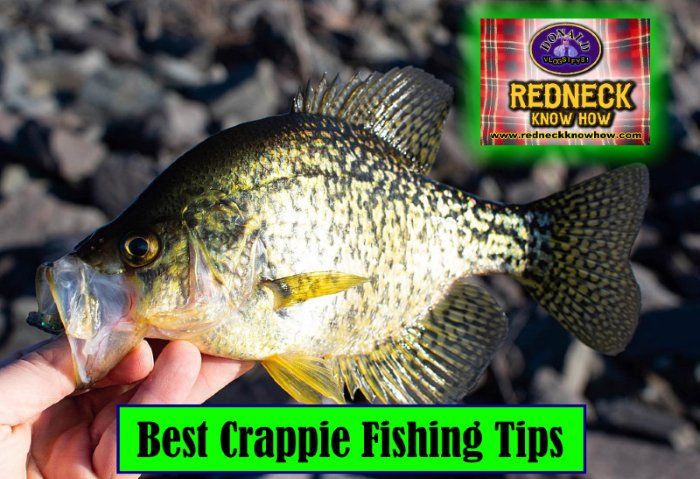
Every fisherman has his or her own favorite techniques to catch this beloved fish. Why is crappie, (or pomoxis, if you want to get scientific), are so beloved? Well, they give one heck of a fight when caught. A 2 lb. crappie can put up a fight to rival a bass of larger size. So catching them is fun. There is also the taste factor. Fried crappie tastes great.

Everybody seems to be in love with dovetails these days. Myself included. They look nice, feel nice, and they make the woodworker feel an overwhelming since of pride when he makes tight and even. Especially the hand cut dovetails. Dovetail joints can be produced with power tools. And there are dovetail jigs you can buy and make. It makes getting precise dovetails with no gaps a lot easier. But nothing feels more satisfying than finally getting hand cut dovetails tight and gap free. And for the record, I use the term, “gap free”, very loosely. I’d wager that even the best woodworker gets gaps in their dovetails no matter how hard they try. Maybe not as many as us new to middlin’ woodworkers, and certainly not as noticeable, but there are gaps in their dovetails. Nowadays, people use dovetails not only as a joint, but as decoration. A showpiece if you will to show off the craftsmanship of the woodworker. But the reality is that they were not originally meant to be pretty. They were utilized to hold pieces that were heavily used together. Such as drawers or other parts of furniture and other items that were constantly pulled or tugged on. In the example below, you can see how the angles of the dovetails will keep the joint from coming apart during the tugging of the drawer when opening it. This part of the joint is where the dovetail joint get’s it’s name. Often when used on boxes, the orientation of those angles are switched around, placing them on the front of the box as a decoration, and the pins of the joint is put on the side. Great for looks, not so great for function. Of course for most smaller boxes, the function of the dovetail really isn’t needed and using dovetails for looks is fine and an anesthetically pleasing way to show off craftsmanship. But let’s not give up on using the dovetail joint for utilitarian purposes when building boxes too quickly. They can be a great way to join a bottom to a box that will be holding heavier stuff, such as tool boxes. The angle of the dovetails can manage the stresses of carrying heavier items such as tools if you wish to maintain a *NO screws or nails* policy on your woodworking projects. Or you can use the dovetail joint along with screws for extra protection against the bottom dropping out. So the purpose of the dovetail is a lot more than to just make your woodworking look good. In fact, long ago, they were hidden. Simply a way to join parts and give them the strength to do what the item was meant to do, and be hidden when the drawer was closed. Using the dovetail joint for decoration is a modern thing. Which I have nothing against. I love to show off dovetails I’ve made nearly perfect. Well, in my eyes anyway. Roy Underhill and Paul Sellers would likely just look at them and grin, maybe chuckle at me being so proud of something so far from the skill level they have achieved.





